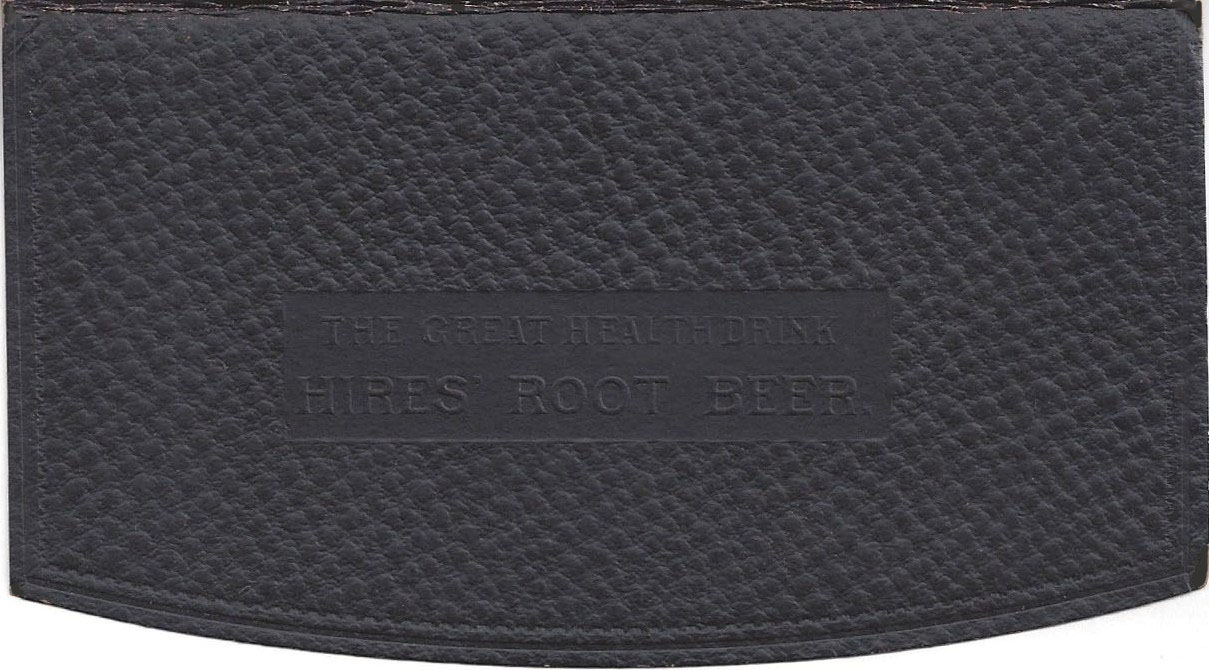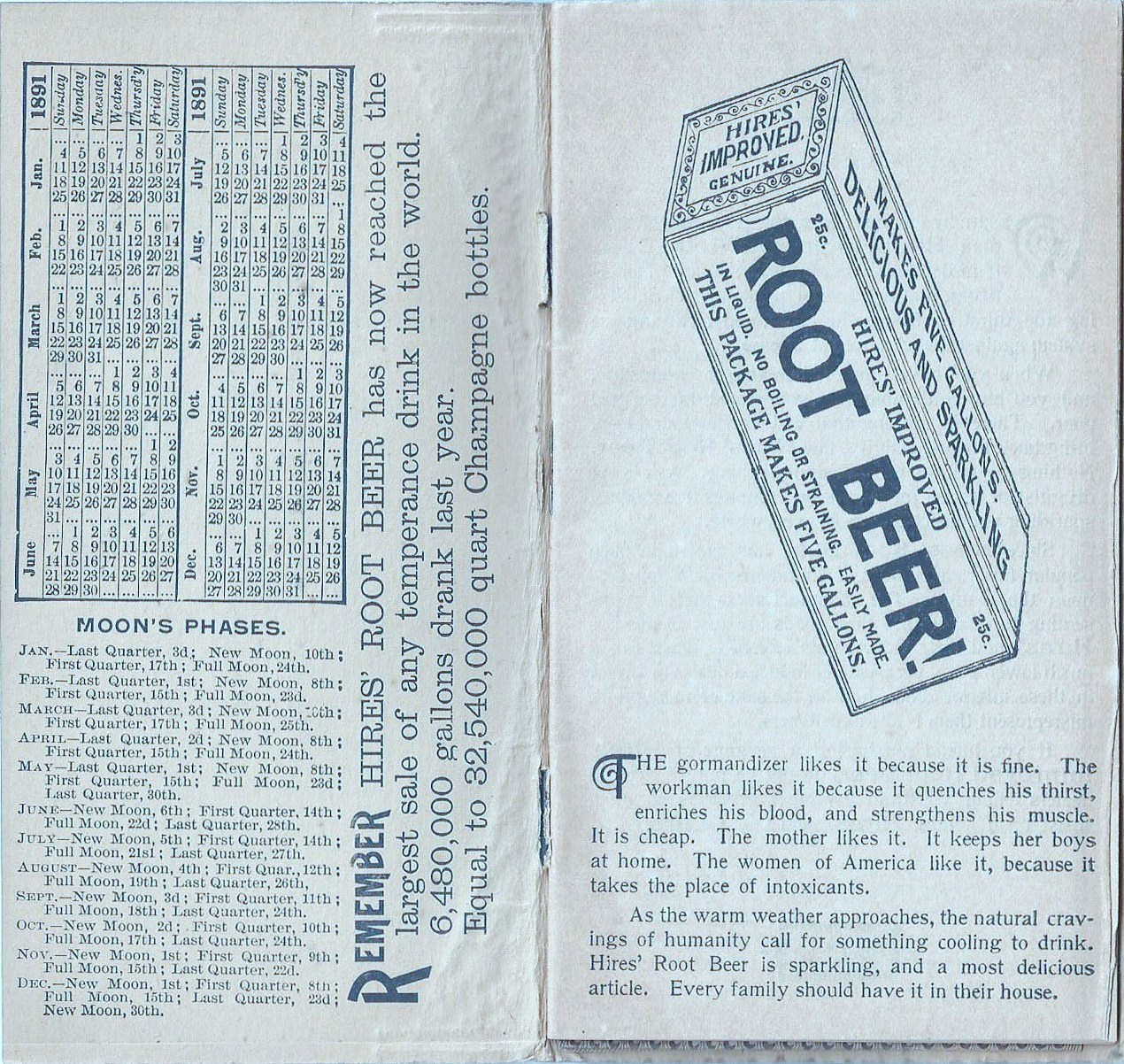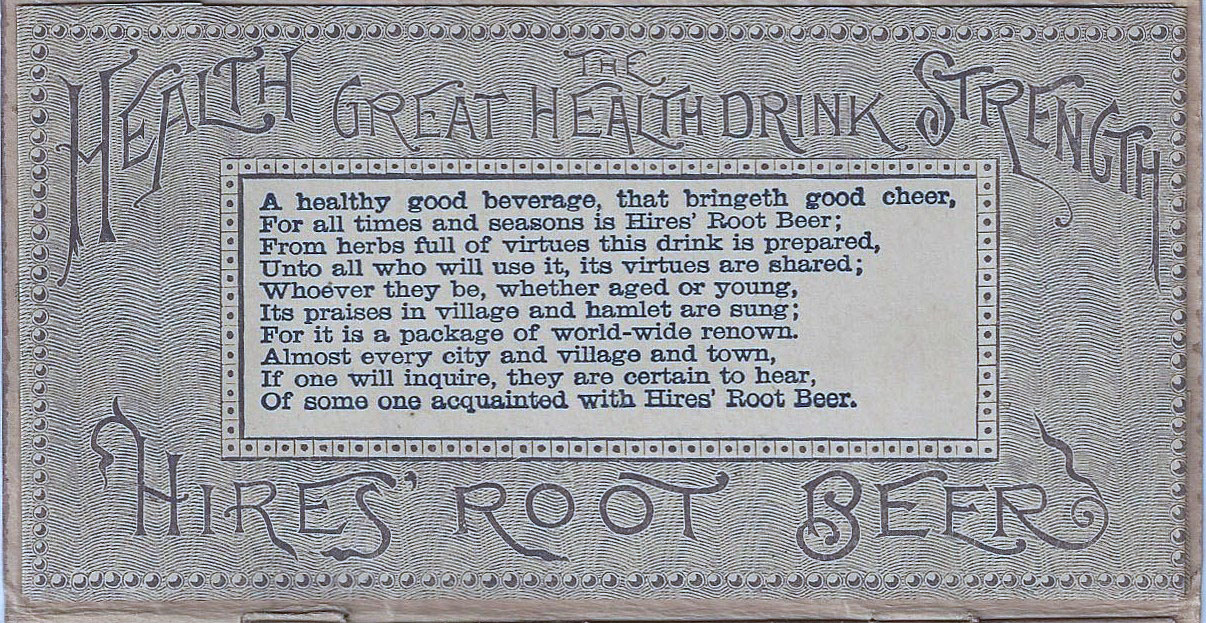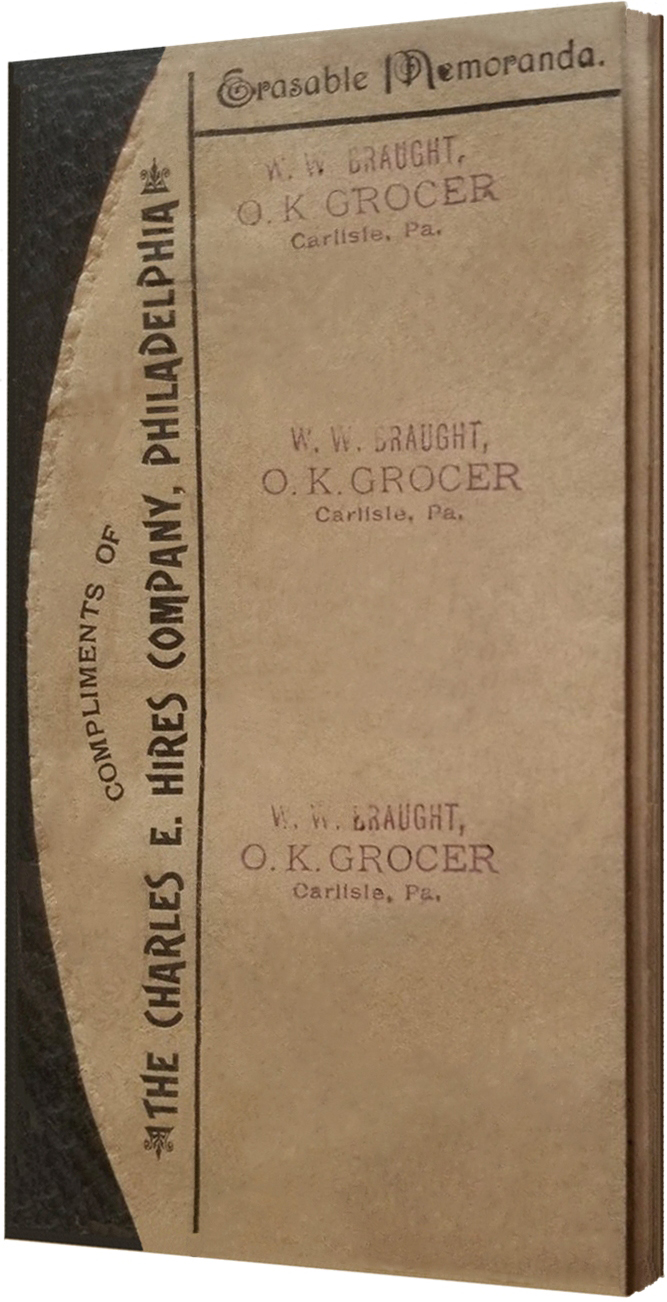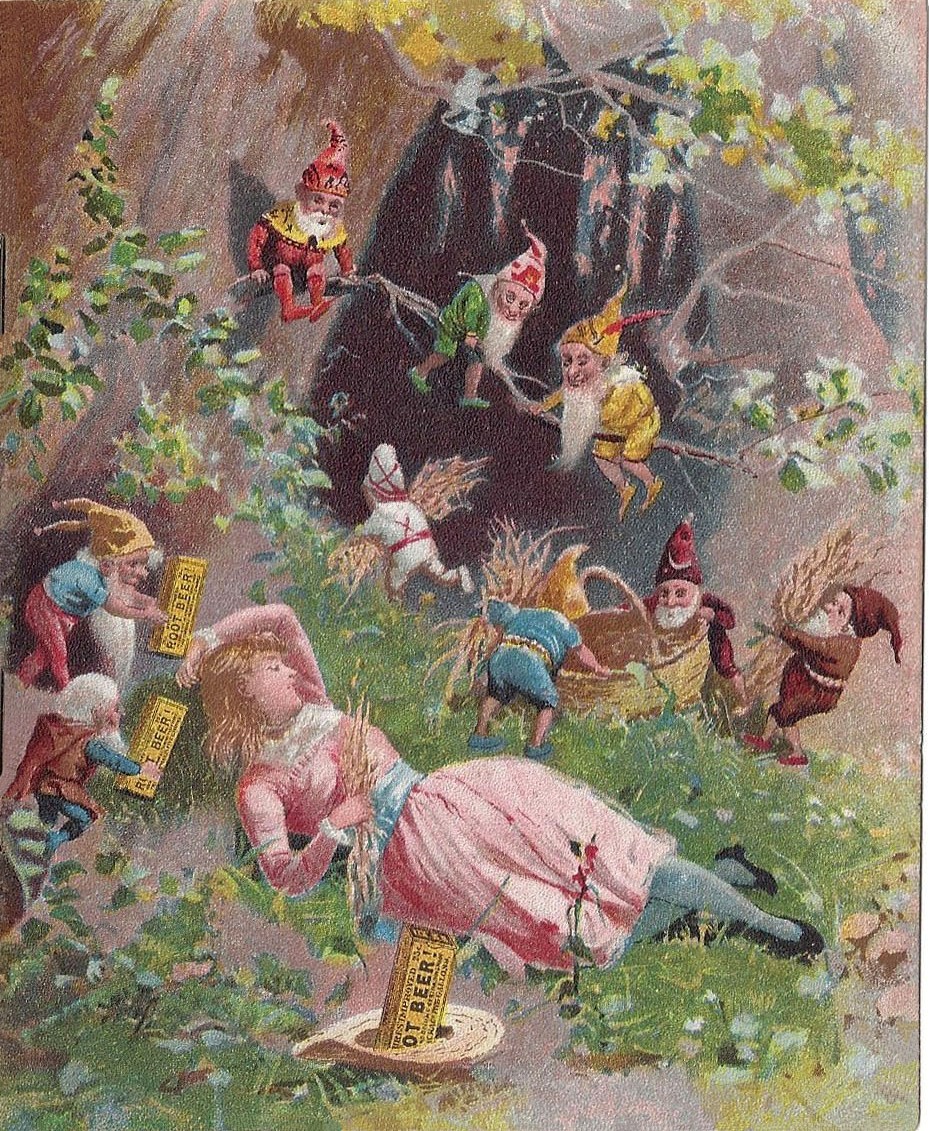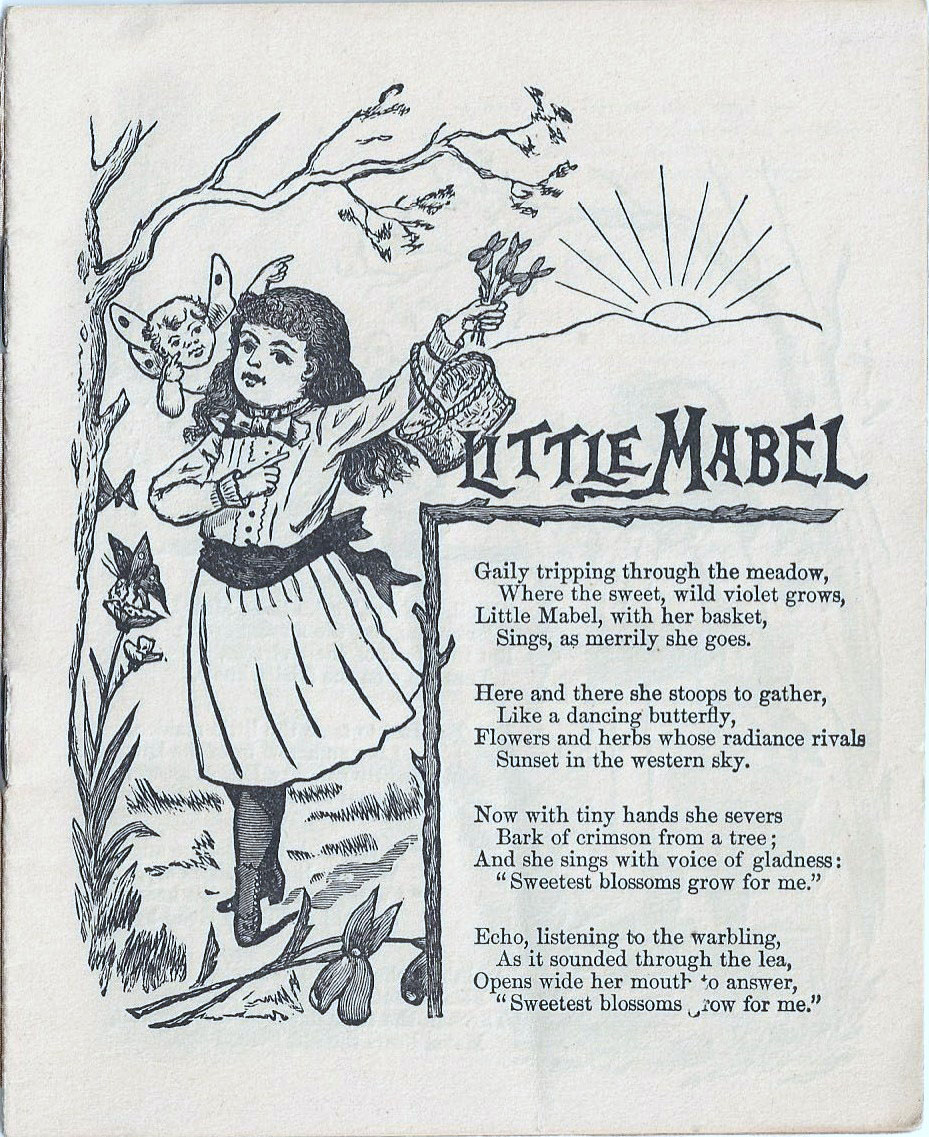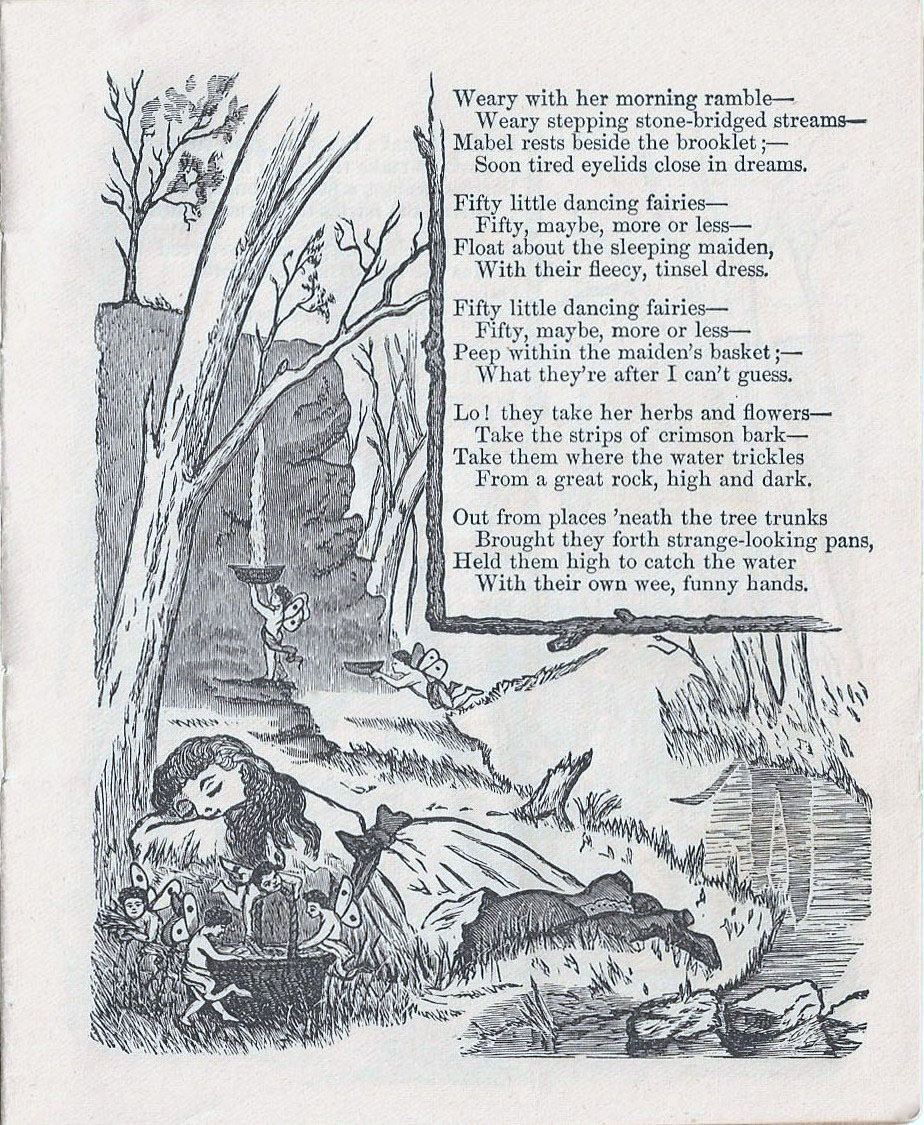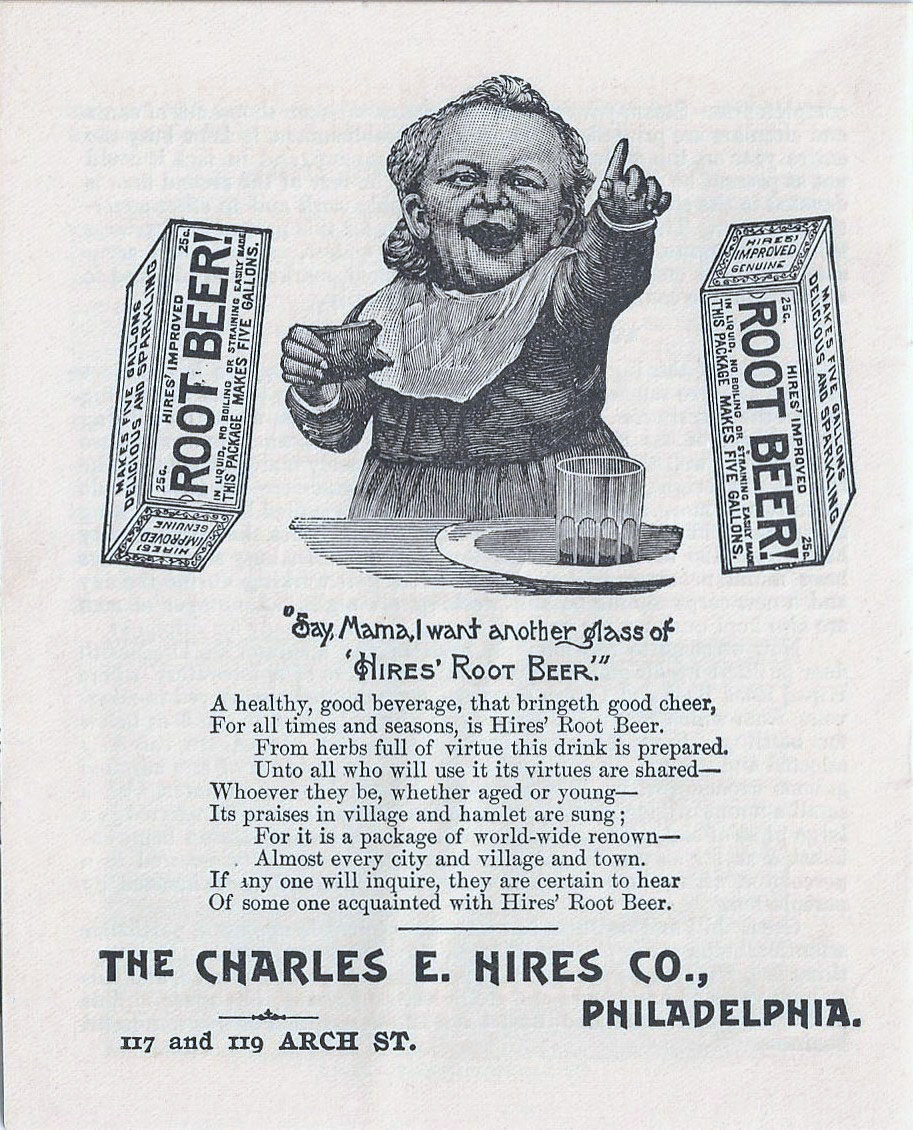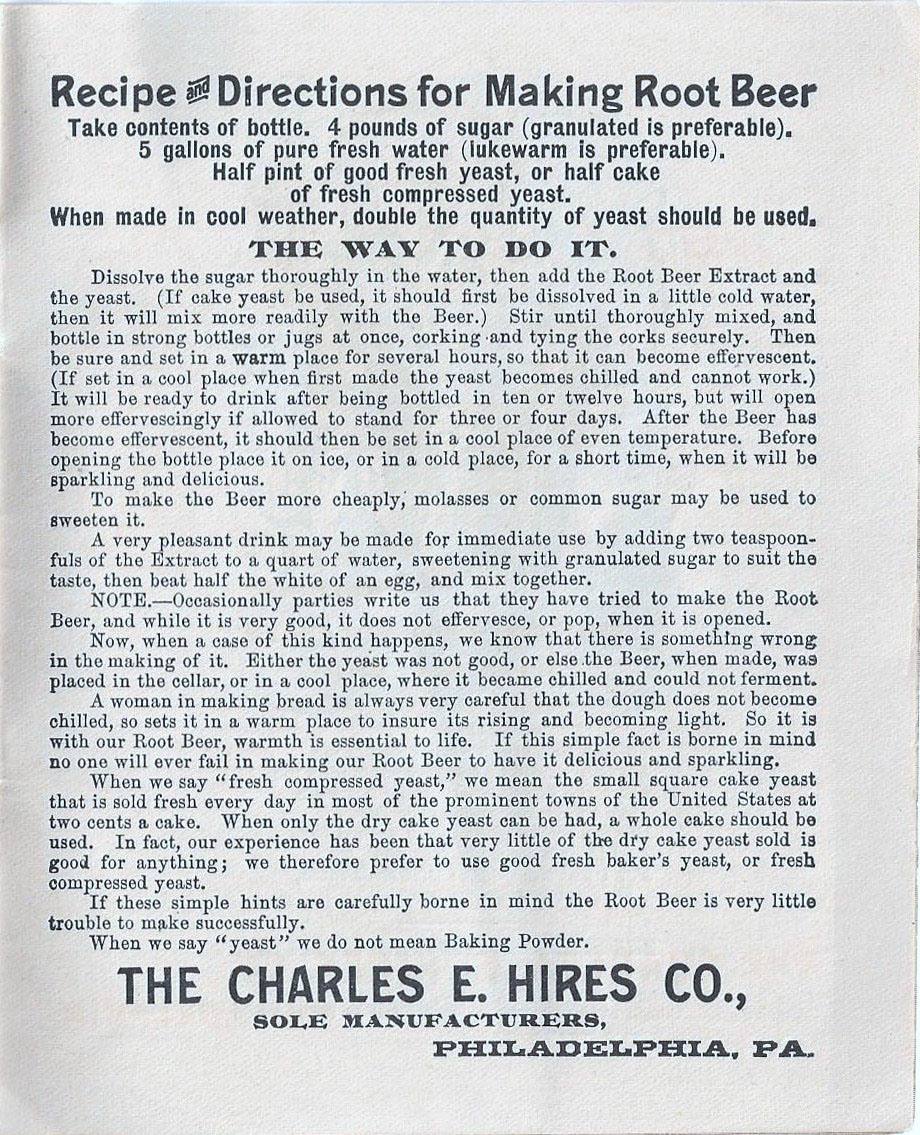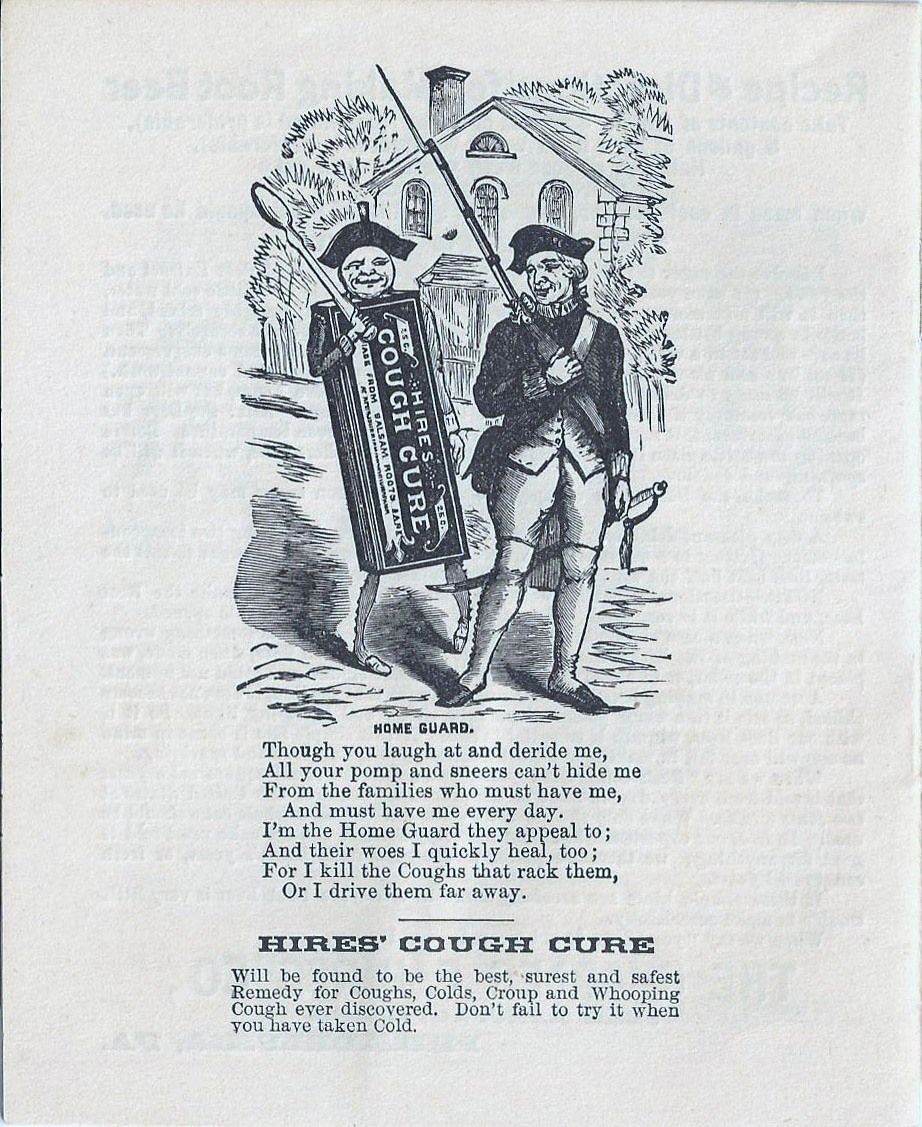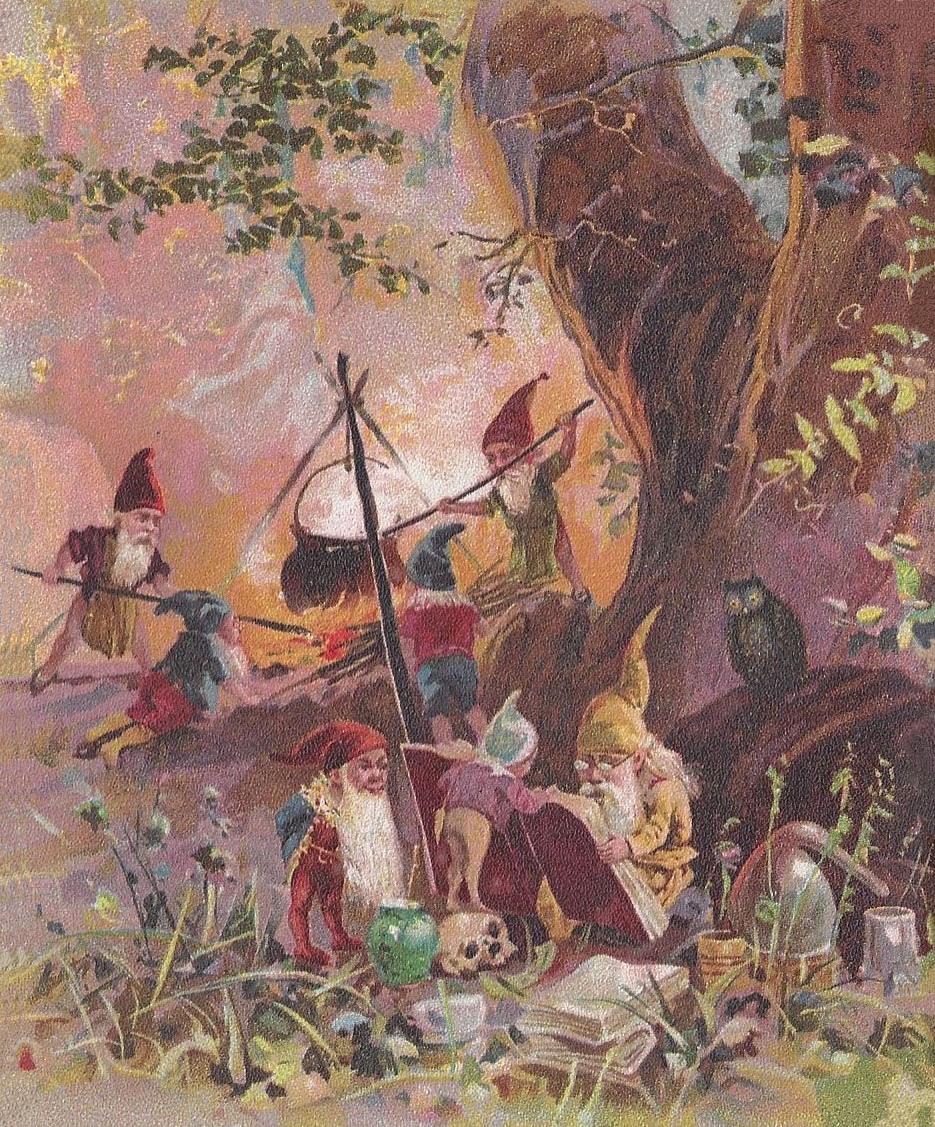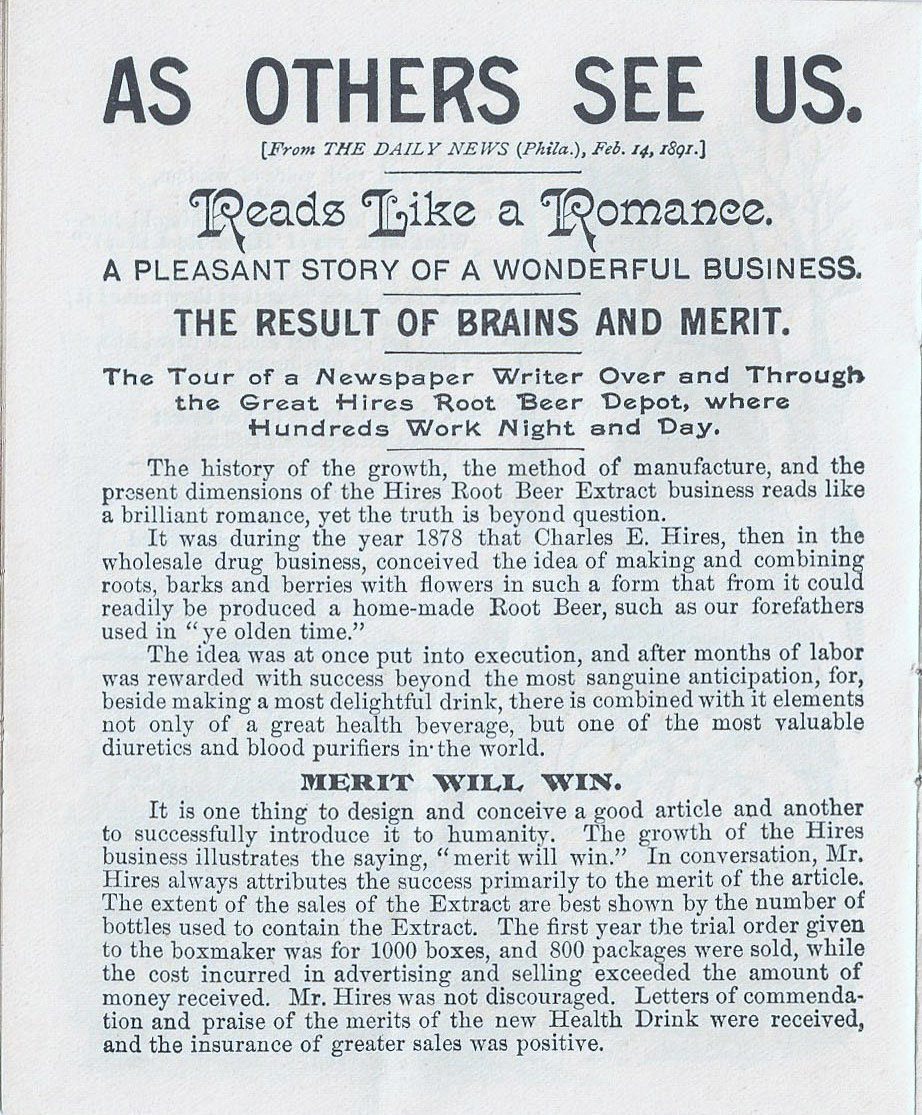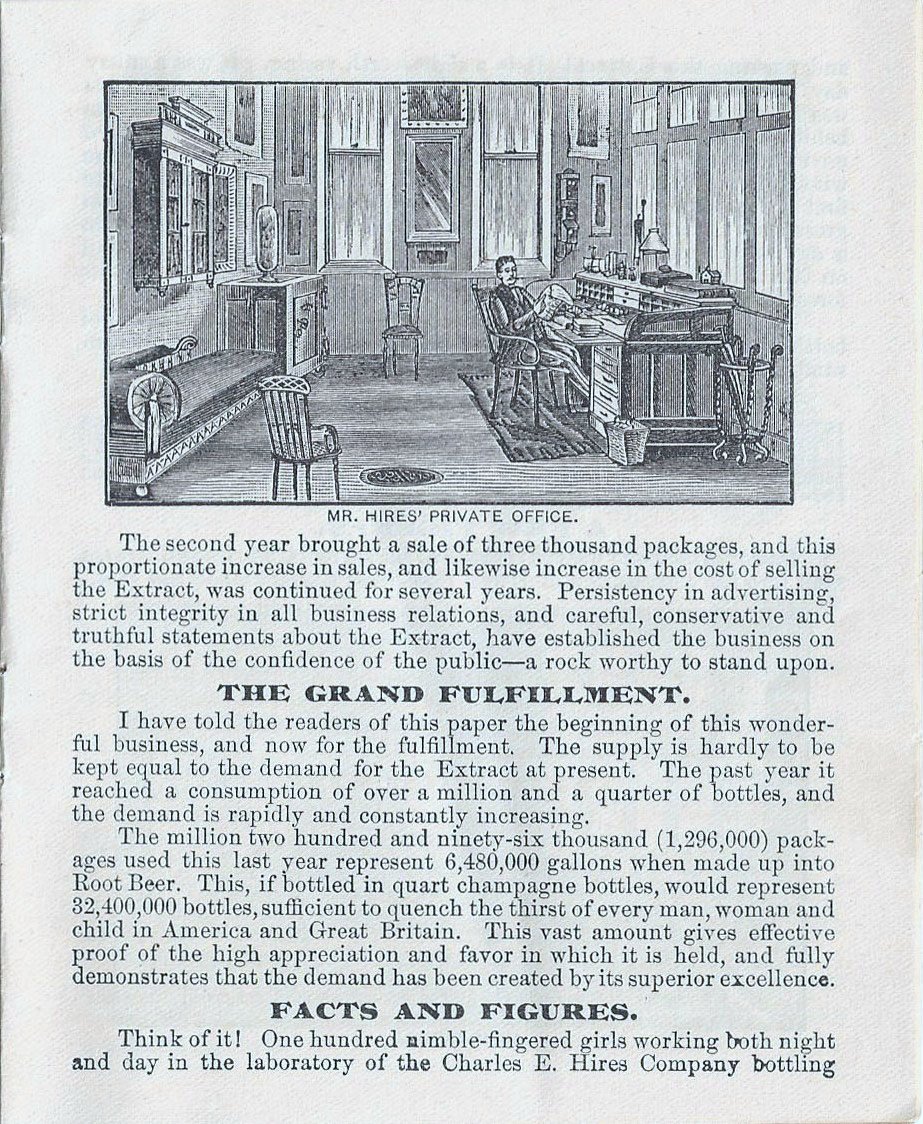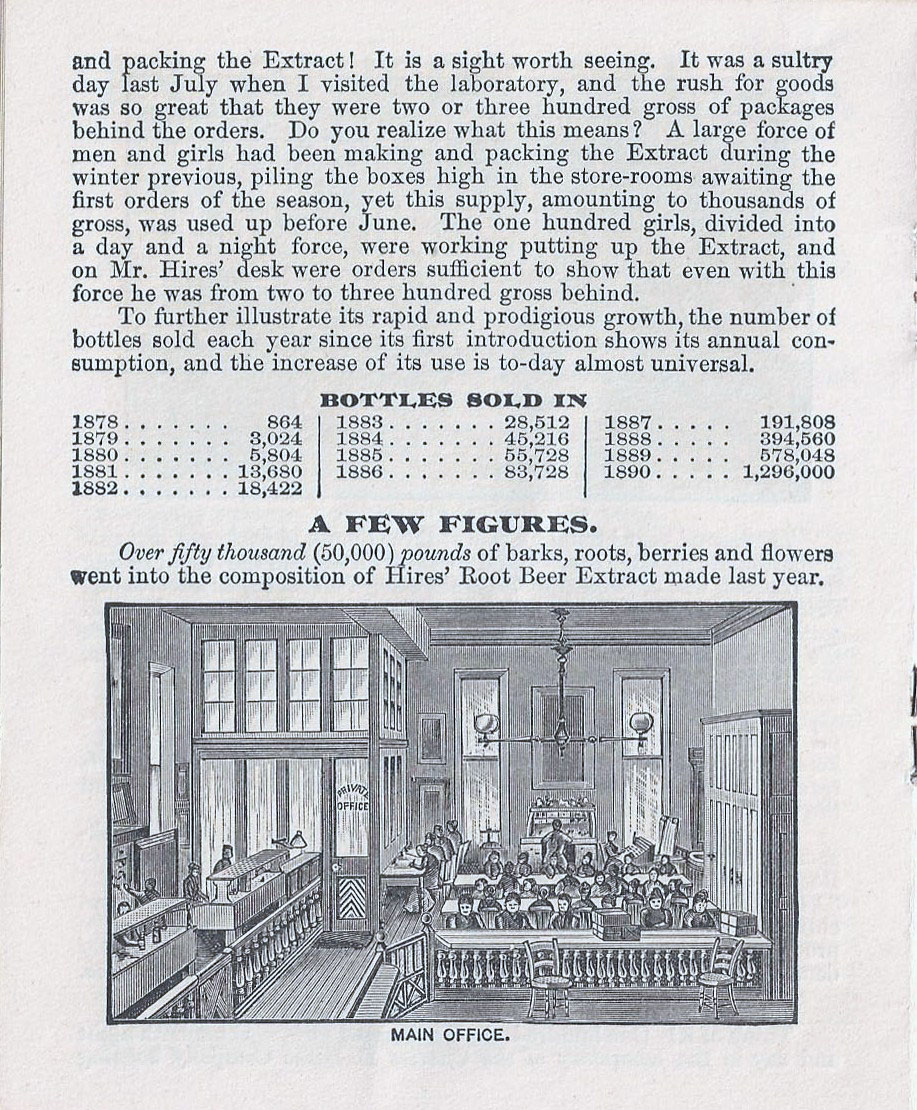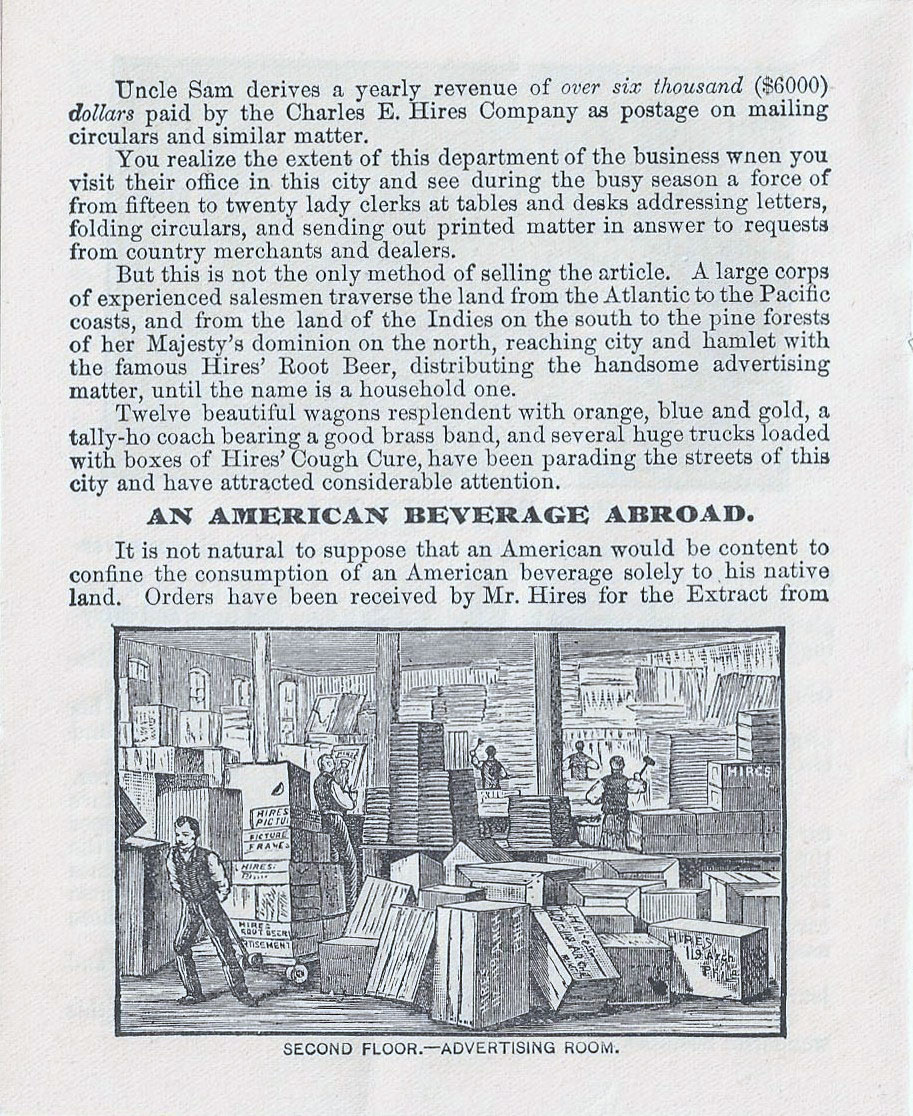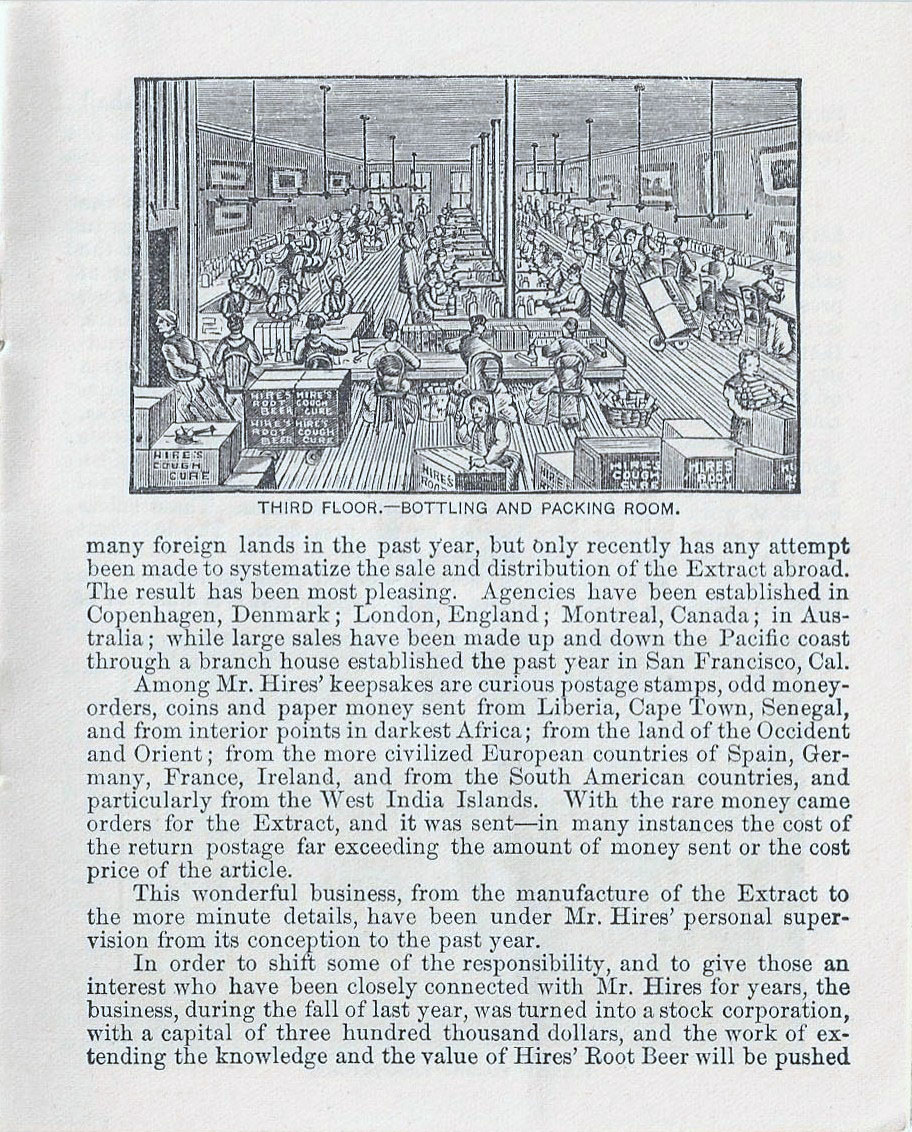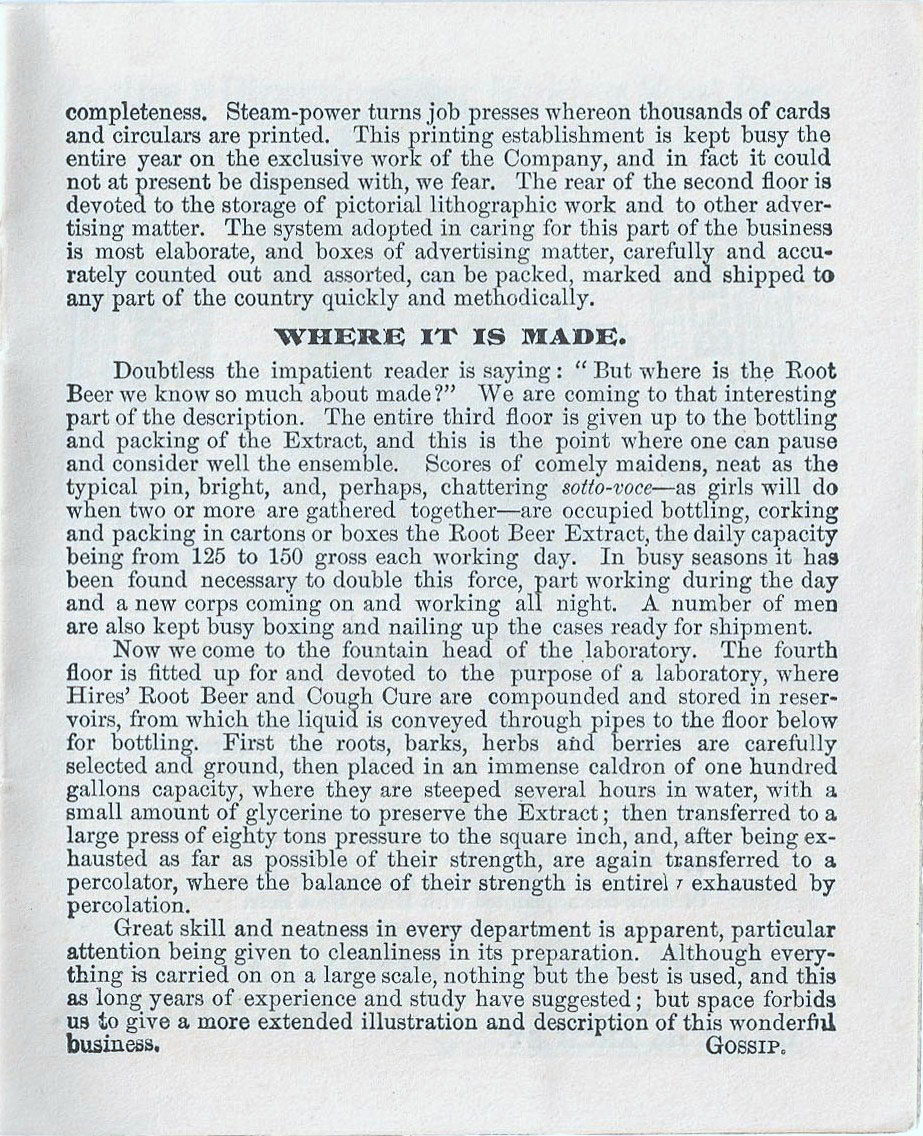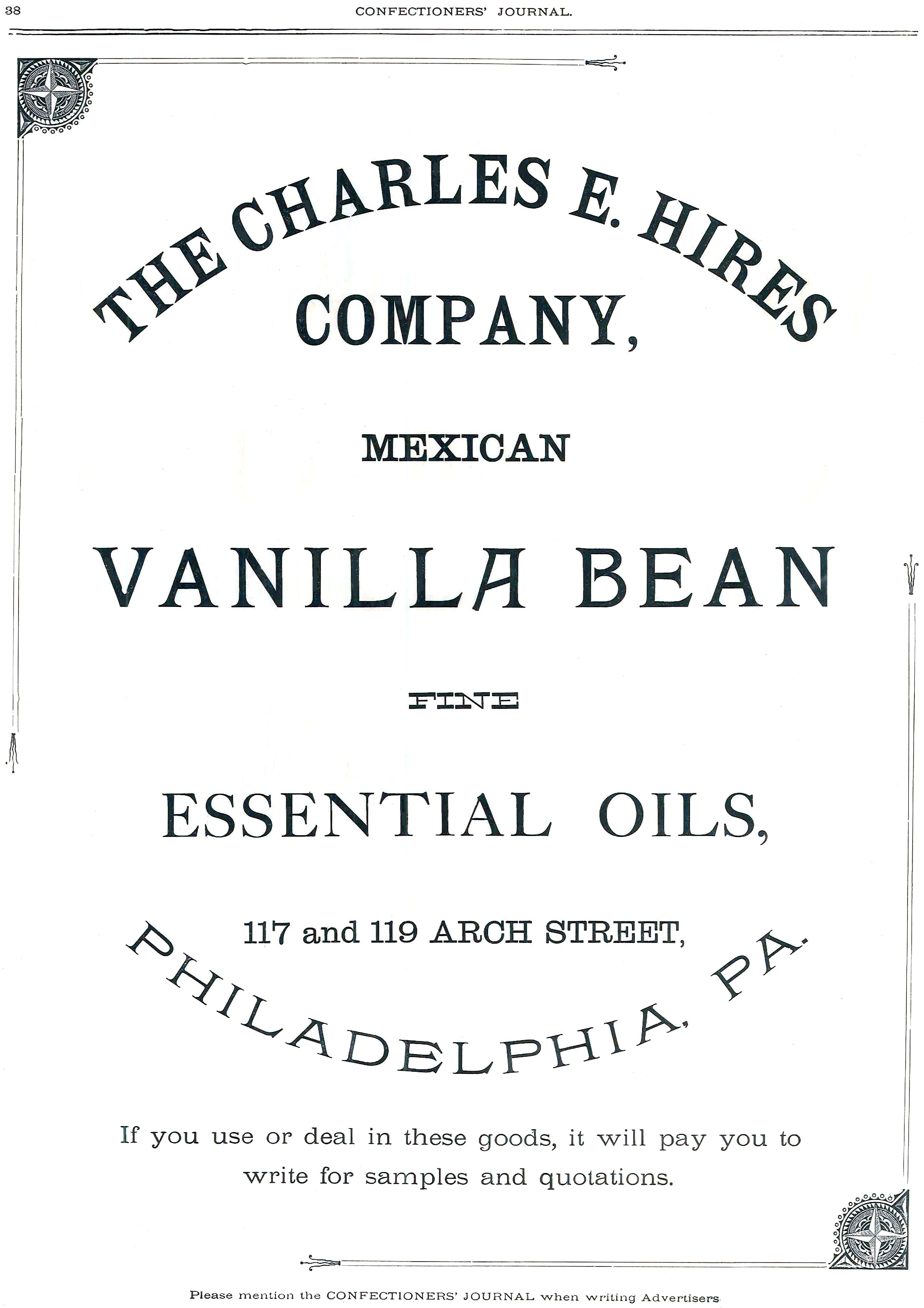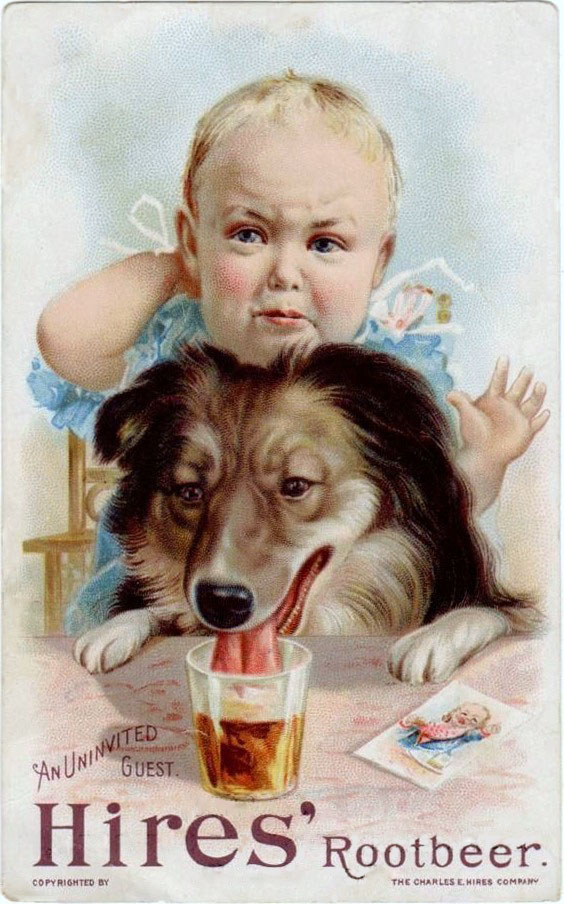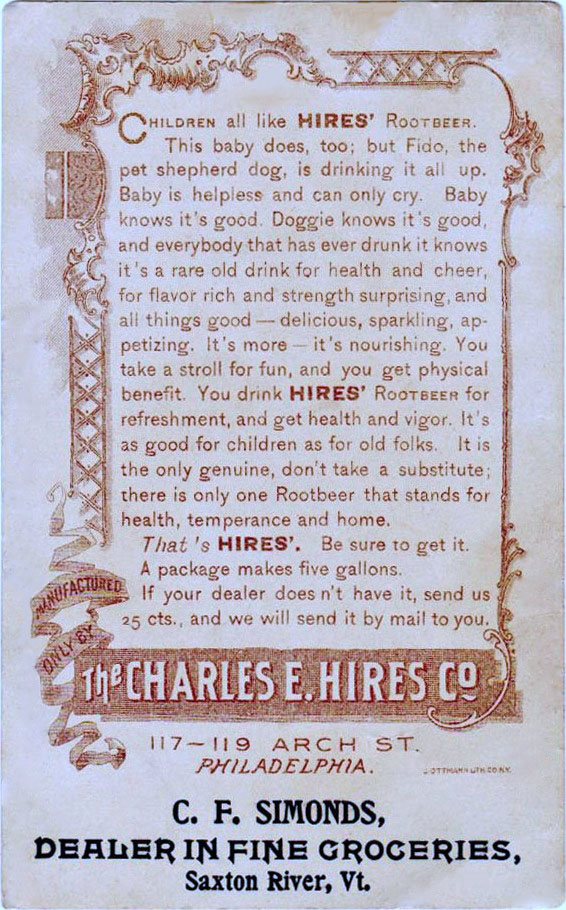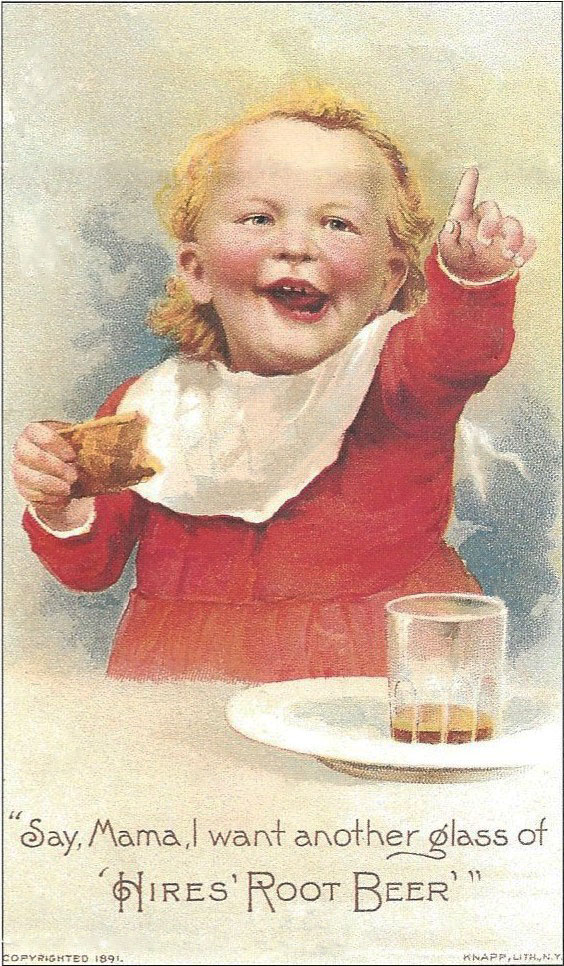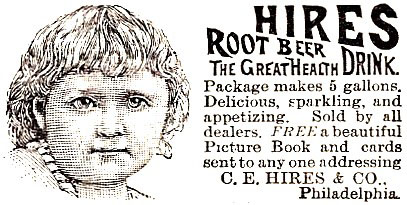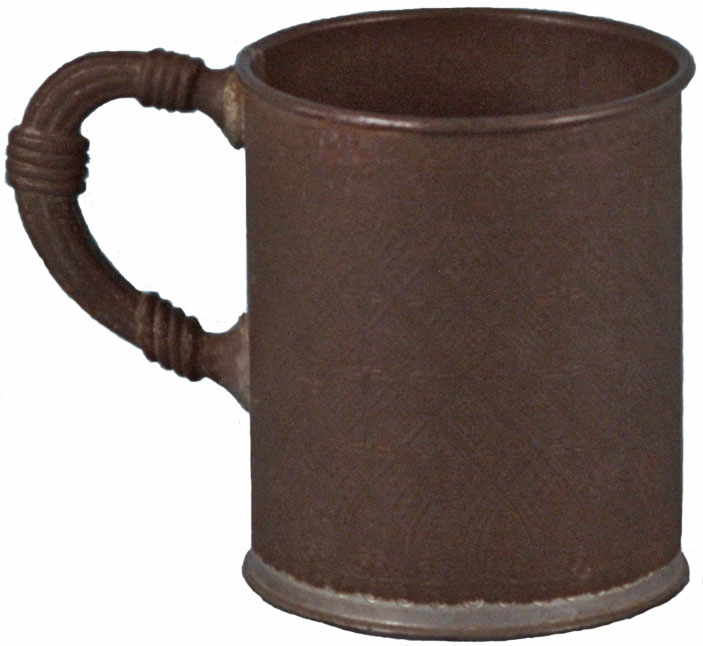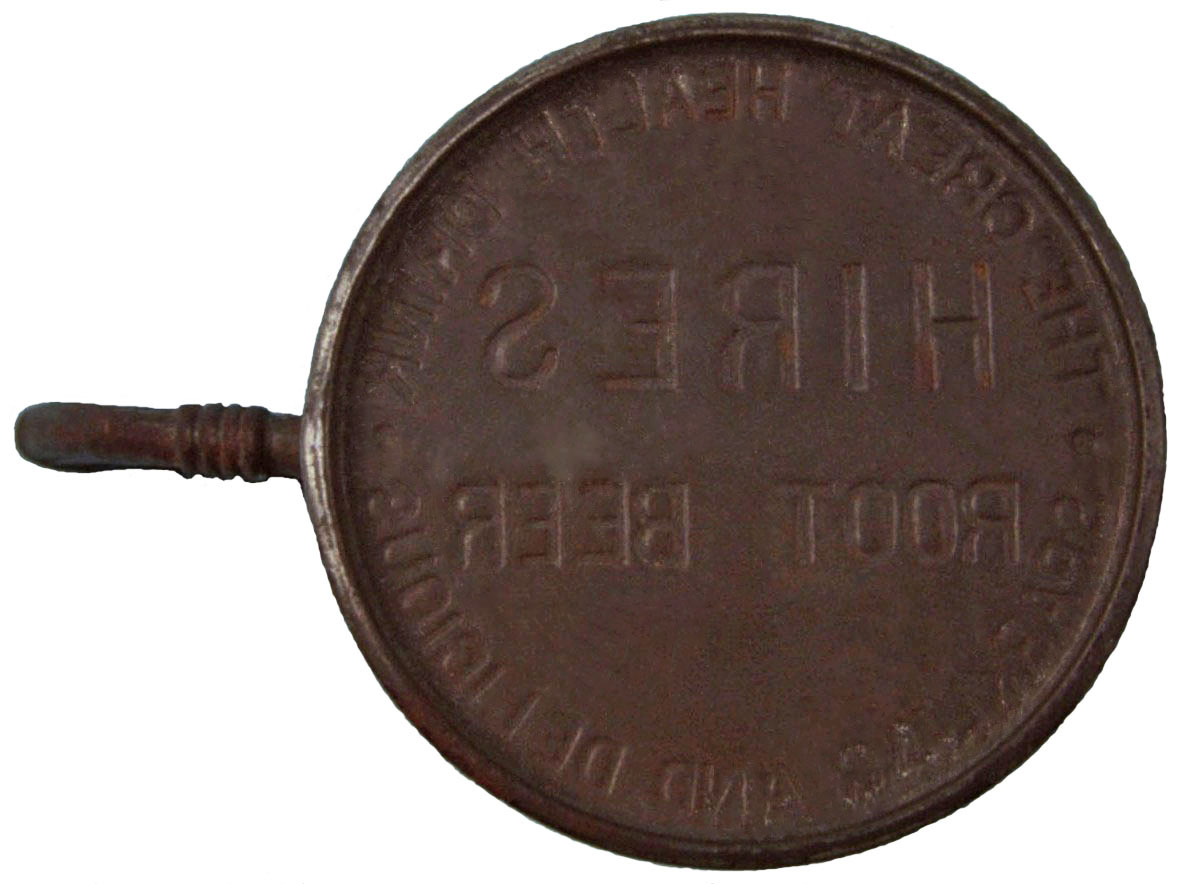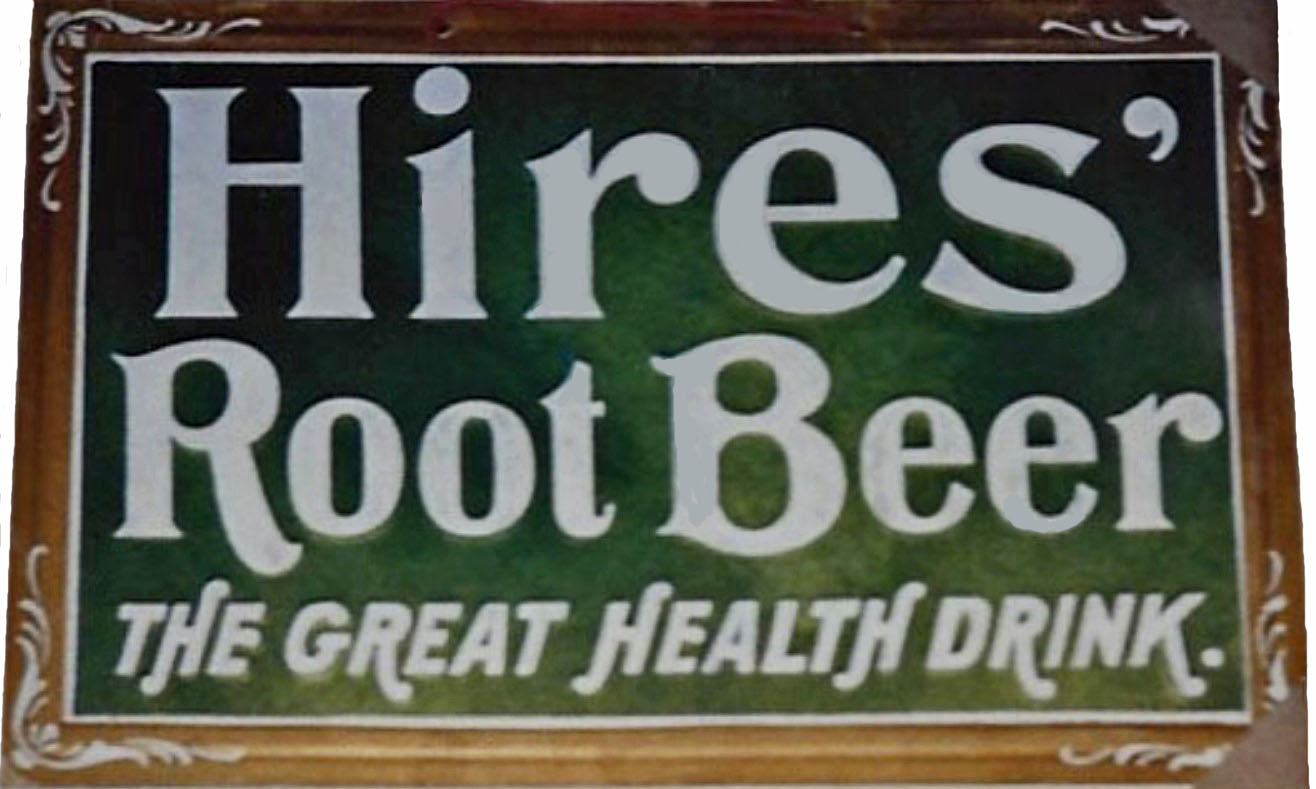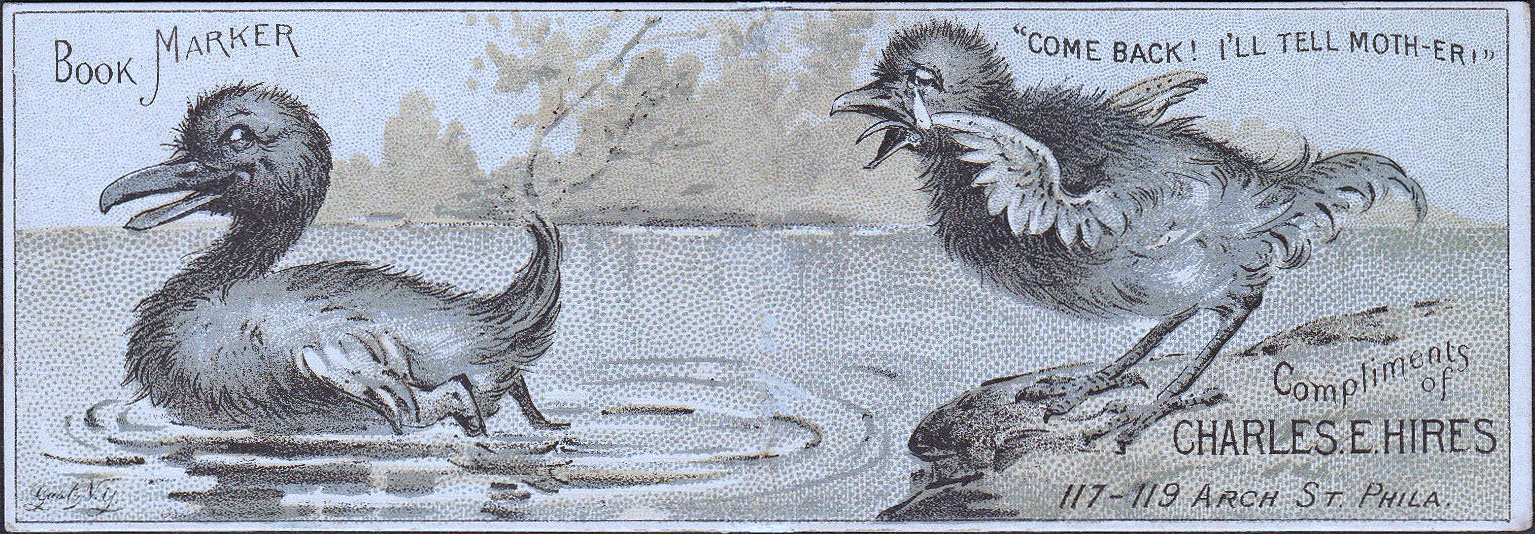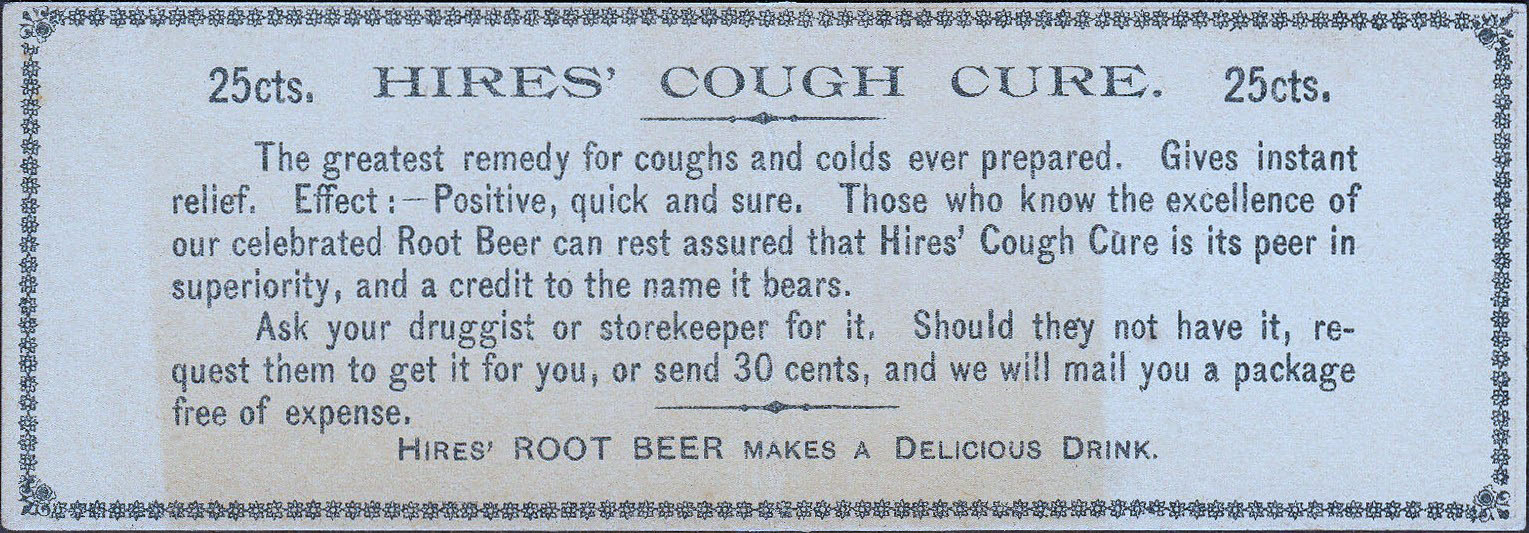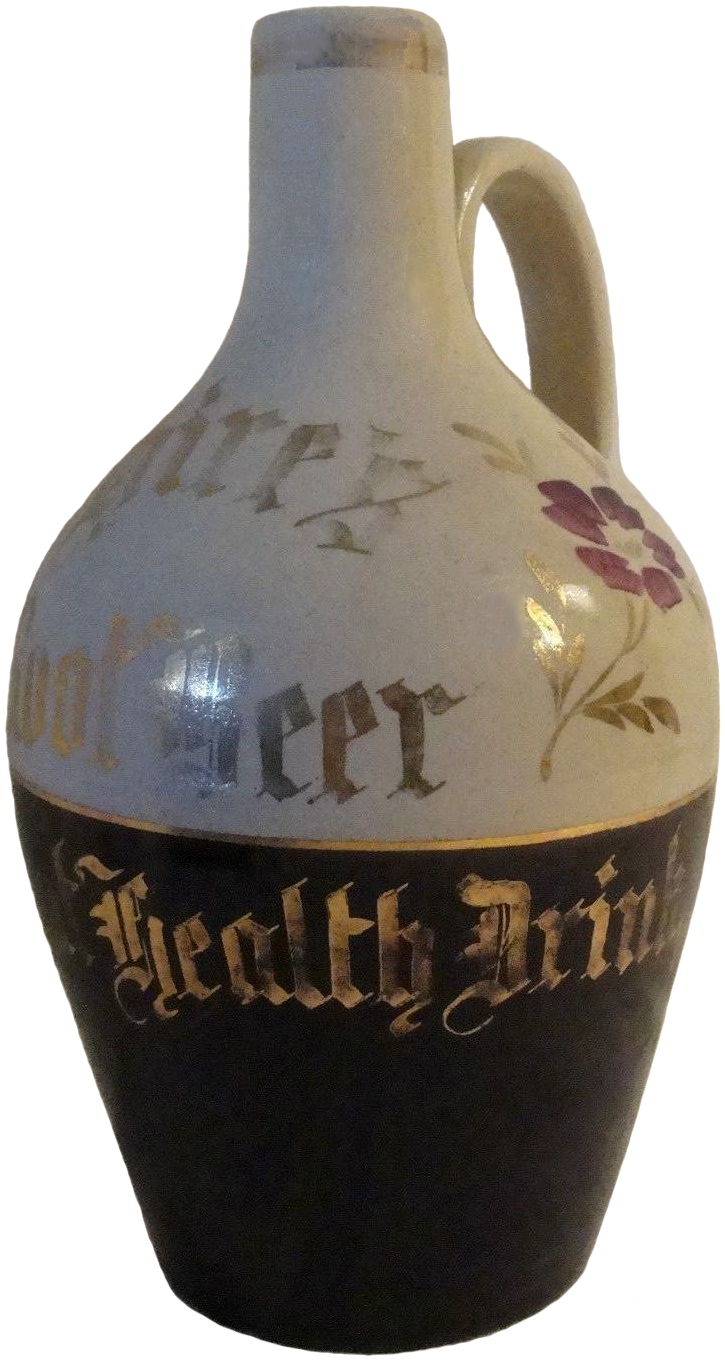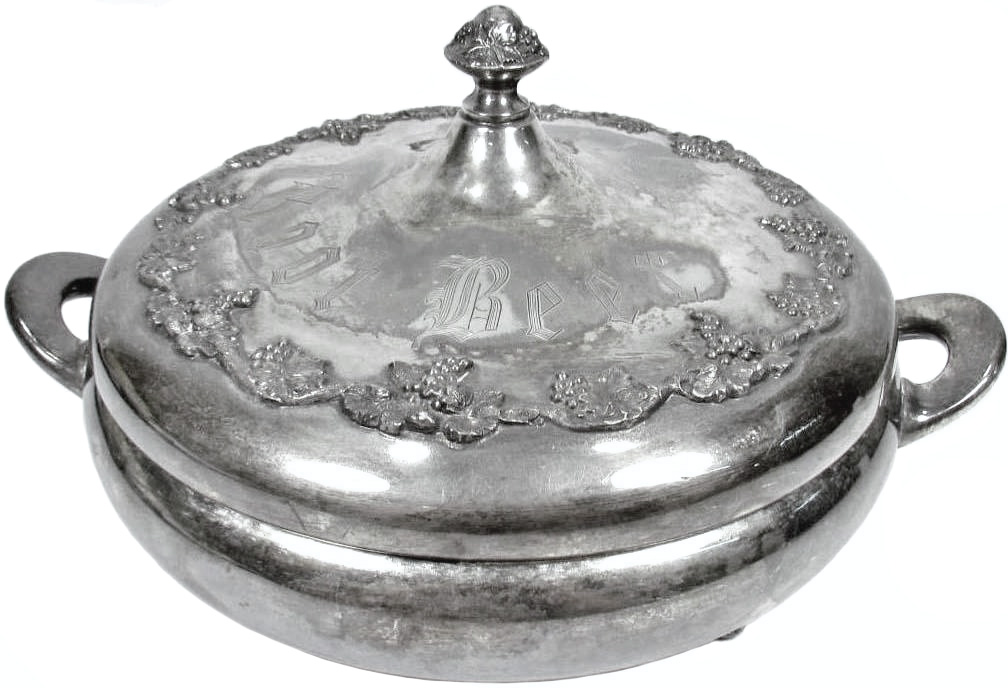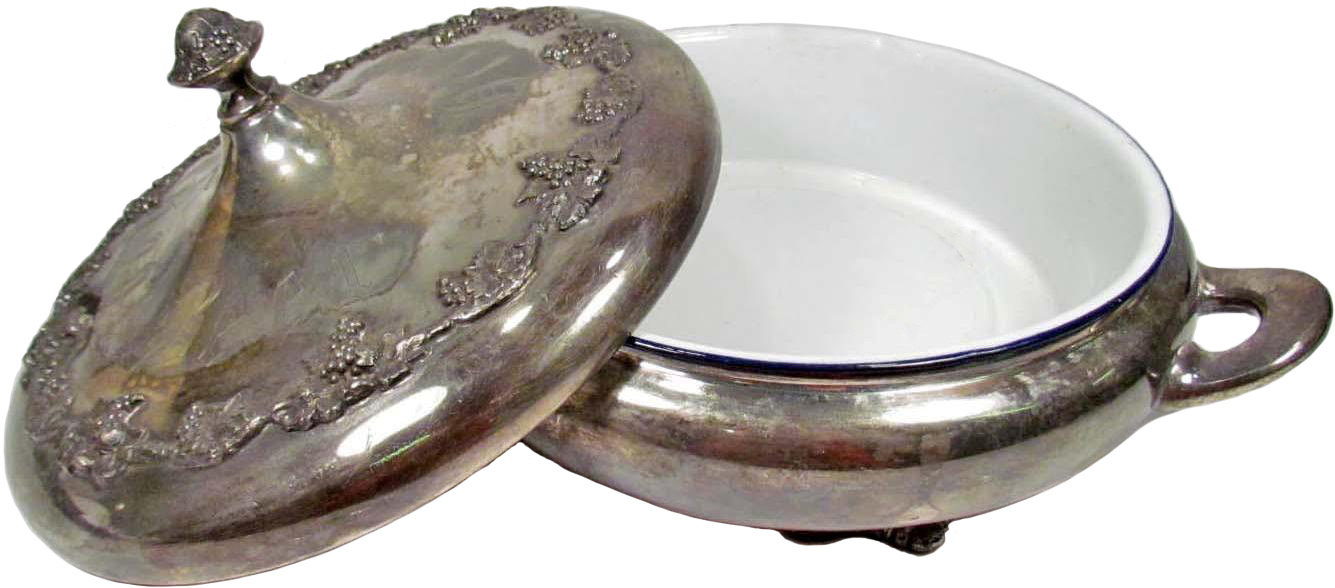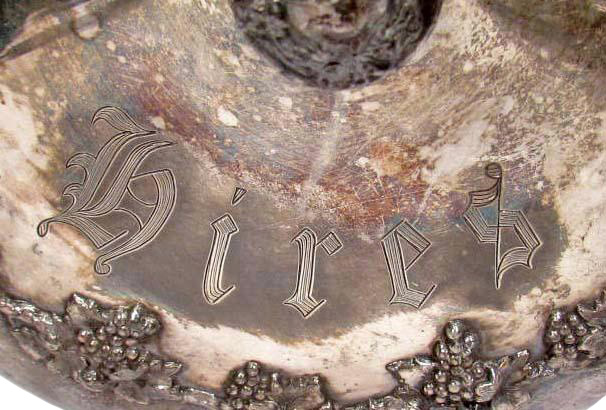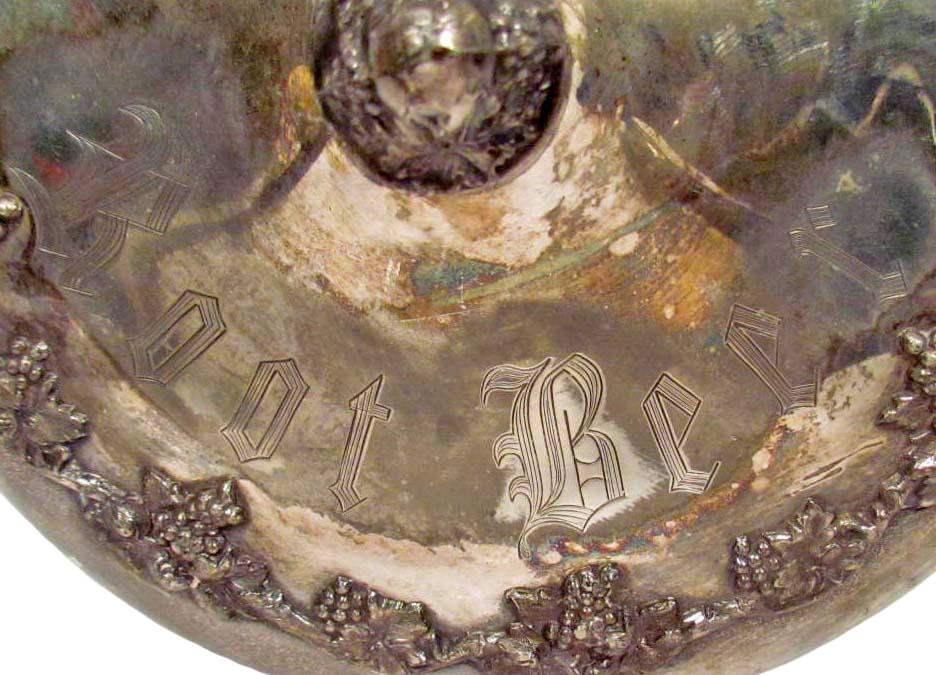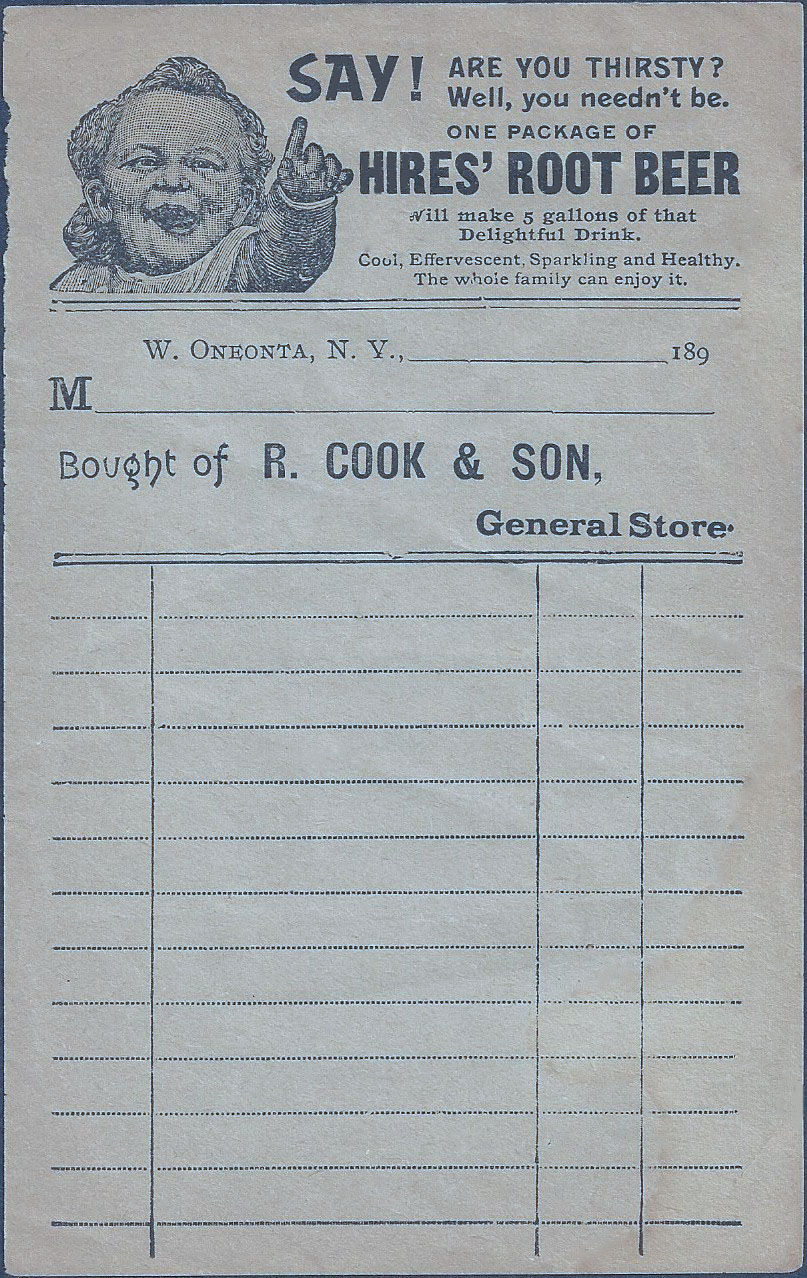1891
IT HAPPENED IN…1891
Over 500,000 immigrants arrived in the U.S.
during 1891. 3,000
moved into New York City weekly, including pioneers returning after
being bankrupted by mortgage sharks and deflation.
15,000 people staked claims during the “Oklahoma
Land Rush.”
Carnegie Hall in New York City opened with
Tchaikovsky as one of the conductors.
Thomas A. Edison filed the first U.S. patent for
a motion picture camera and also received a patent for “transmitting
signals electronically…without the use of wires.”
The American Sugar Refining Company was created
and went on to control half the sugar consumed in the U.S. by 1907.
James Naismith invented basketball, the only
popular American game without English origins.
Nathan Fowler, in
Advertising Age,
recommended that women make most household purchasing decisions, so
manufacturers should direct advertising messages to them.
Newly introduced products included Swiss army
knives, zippers, and adding machines.
Hires again distributed pocket-sized memo pads to dealers.
The tri-fold style black covers were embossed THE GREAT HEALTH
DRINK HIRES’ ROOT BEER. In addition to a replaceable memo pad (with
Hires advertising at the top of each page, of course), the contents
included an 1891 calendar, dealer and customer testimonials, and
numerous Hires advertisements.
(Figure 1891-01, memo pad front cover)
(Figure 1891-01, memo pad calendar and advertisement)
(Figure 1891-01, memo pad advertisement)
(Figure 1891-01, memo pad with Hires Boy advertisement and testimonials)
The otherwise identical memo pad and calendar was also distributed with a different cover labeled "Erasable Memoranda." W. W. Braught, a grocer in Carlisle, Pennsylvania, personalized his examples by stamping his name on the cover before distributing them to customers.
(Figure 1891-01.5, Erasable Memoranda pad)
Charles E. Hires included these comments about the
origin of the Hires Boy in “Some Advertising Reminiscences 1869-1913,”
an article he authored for the July 24, 1913 issue of
Printers’ Ink:
I
have been asked a good many times about the origin of the Hires Root
Beer Boy, who has been featured in our copy for more than 20 years.
The original was a photograph of a German boy which was taken by
one of my friends. When he
was taken the little fellow had a piece of cake in one hand, and was
trying to attract the attention of some member of his party.
I used the boy to illustrate an ad, and he proved so attractive
that he has been run continuously while the original has been growing up
and, I suppose, getting some boys of his own.
In
1891 Hires printed and began distributing a “Little Mabel” booklet as a
giveaway for children and a marketing tool for attracting new customers
and retail sellers. The
June 14, 1893 Public Ledger
article specified “one million copies of ‘Little Mabel,’ the poem
written by the sister of George E. Vickers, the song writer, in
competition, have been distributed.”
Here are enlarged versions of the 4.625" x 5.625" front cover,
verses for children, advertisements, and back cover:
(Figure 1891-02, “Little Mabel” covers, verses, and advertisements)
The “Little Mabel” booklet also included a reprint of
an article published February 14, 1891 in
The Daily News, a
Philadelphia newspaper. The
article’s descriptions and illustrations provide detailed documentation
and insight into Hires’ history and the day-to-day operations of the
firm in early 1891. Given
that the “newspaper writer” wasn’t identified by name, and the 100%
positive nature of the article, one is left wondering if perhaps this
piece was authored by Charles E. Hires himself, or someone working for
him. That’s said, here’s
the entire article, enlarged to better display the highly detailed
illustrations:
(Figure 1891-03, The Daily
News, Philadelphia, February 14, 1891, pages 6-13)
In early 1891 Charles E. Hires
also produced this single sheet, double-sided circular clearly designed
to drive home his strong belief that it pays to advertise:
(Figure 1891-04, circular,
front)
(Figure 1891-04, circular,
back)
In addition to promoting Hires Root Beer and Hires Cough Cure, the company continued to wholesale products, evidence this full page advertisement targeting the candy manufacturing industry:
(Figure
1891-05,
Confectioner’s Journal, March, 1891)
One
of Hires all-time most popular trade cards was “An Uninvited Guest”
picturing “Fido, the pet shepherd dog” drinking a baby’s glass of Hires
Root Beer, much to the displeasure of the baby.
This card was produced for Hires by the J. Ottmann Lithographing
Company in New York City.
(Figure 1891-06, trade card,
front, 3.0” x 5.0”)
(Figure 1891-06, trade card, back, 3.0” x
5.0”)
The back of the “An Uninvited Guest” trade card was
also produced with pre-printed text at the bottom (instead of a
storekeeper’s name and location) stating “When you have a Cold, take
HIRES’ COUGH CURE, 25¢” and “HIRES’ COUGH CANDY FOR THROAT TROUBLE SENT
ON RECEIPT OF 7¢ IN STAMPS.”
Hires' pocket-sized 1891 memo pad and “Little Mabel”
booklet introduced the “Hires Boy” to the public with a simple,
black-and-white drawing.
The Hires Boy drew a very favorable public response, and over the years
he was destined to become the “face” of Hires Root Beer.
This full-color version was printed by The Knapp Company,
Lithographers, New York City, and copyrighted by Hires in 1891:
(Figure
1891-07, “Say, Mama, I want another glass of Hires’ Root Beer”)
A black-and-white Hires Boy image appeared in conjunction with an article published in late July, 1891 in The Illustrated American, a popular weekly magazine published primarily for readers in New York City and Chicago. The article didn’t carry a byline, likely leading readers to believe the author was either a magazine subscriber or a freelance writer. Following a brief introduction, the author claimed he “did speak to Mr. Hires about his drink, and he did tell me that I do use his own long words as far as I can recollect them.” Actually, most of the article’s content was lifted word-for-word from a “Little Mabel” booklet, with only slight editing in order to attribute quotations directly to Charles E. Hires. This “article” was probably authored by a member of Hires’ staff and is in reality a thinly disguised advertisement. Here is a retyped version of the article:
July 23rd.
My wife do grow uneasy, and hath taken such a liking to
Philadelphia that she must needs get me up by times to go there and see
if there is anything in the town that she must buy.
As we do walk down Chestnut Street, we do come across a fine
store at 1016, where, it being very hot, men, women, and children do
crowd in to buy of Mr. Charles E. Hires & Co. glasses of root beer.
My wife, having a mighty thirst, did make me go in and try it;
and I am glad she did, for Hires’ root beer is mighty fine drinking.
Did speak to Mr. Hires about his drink, and he did tell me that I
do use his own long words as far as I can recollect them:
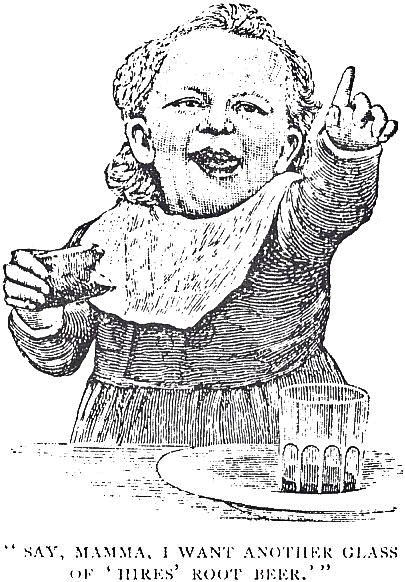 “Root beer is centuries old.
It was the favorite drink of our forefathers and mothers, who
made it direct from the roots, barks, and herbs that they gathered after
a great deal of care and trouble.
As time went on substitutes were used, and concocted preparations
were placed upon the market, under various names, to catch the public
fancy, and among these many names was that of ‘root beer.’
These root beer preparations were mixed with essential oils and
essences dissolved in alcohol, and mixed with a large amount of coloring
matter, to give them the appearance and flavor of roots and barks.
In many of these concoctions there is enough coloring matter in a
small bottle to color from six to ten gallons of water, which the
unscrupulous makers of this colored water, flavored with essences or
oils, claim is root beer, and they sell it for such, but the wary
American people are too intelligent to be imposed upon by such frauds,
and their sales have been comparatively nothing.
“Root beer is centuries old.
It was the favorite drink of our forefathers and mothers, who
made it direct from the roots, barks, and herbs that they gathered after
a great deal of care and trouble.
As time went on substitutes were used, and concocted preparations
were placed upon the market, under various names, to catch the public
fancy, and among these many names was that of ‘root beer.’
These root beer preparations were mixed with essential oils and
essences dissolved in alcohol, and mixed with a large amount of coloring
matter, to give them the appearance and flavor of roots and barks.
In many of these concoctions there is enough coloring matter in a
small bottle to color from six to ten gallons of water, which the
unscrupulous makers of this colored water, flavored with essences or
oils, claim is root beer, and they sell it for such, but the wary
American people are too intelligent to be imposed upon by such frauds,
and their sales have been comparatively nothing.
"It was not until some thirteen
years ago Charles E. Hires, of Philadelphia, realized that an honest and
reliable article made direct from the roots, barks, berries, herbs, and
flowers, if combined in a convenient form to produce a strictly
temperance drink, without the deleterious effects of alcoholic
properties, as soon as people should know it, would find a large sale.
With the purpose in view, the genuine ‘Hires’ Root Beer’ was
produced. It was
recommended by people and physicians who had tried it, to be all that it
was claimed, and so far as this knowledge spread the demand grew
proportionately, until to-day it is used in every hamlet, village, town,
and city in the United States and Canada, and a portion of the Old
World.
“It is one thing to design and conceive a good
article, and another to successfully introduce it to humanity.
The growth of the Hires’ business illustrated the saying ‘Merit
will win.’ I always
attribute the success primarily to the merit of the article.
The extent of the sales of the Extract is best shown by the
number of bottles used to contain the Extract.
The first year the trial order given to the box-maker was for
1,000 boxes, and 800 packages were sold, while the cost incurred in
advertising and selling exceeded the amount of money received.
I was not discourage.
Letters of commendation and praise of the merits of the new
health drink were received, and the assurance of greater sales was
positive.
“It is not natural to suppose that an American would
be content to continue the consumption of an American beverage solely to
his native land. Orders
have been received by me for the Extract from many foreign lands in the
past year, but only recently has any attempt been made to systematize
the sale and distribution of the Extract abroad.
The result has been most pleasing.
Agencies have been established in Copenhagen, Denmark; London,
England; Montreal, Canada; in Australia; while large sales have been
made up and down the Pacific coast through a branch house established
the past year in San Francisco, Cal.
“Among my keepsakes are curious postage-stamps, odd
money-orders, coins, and paper money sent from Liberia, Cape Town,
Senegal, and from interior points in darkest Africa; from the land of
the Occident and Orient; from the more civilized European countries of
Spain, Germany, France, Ireland; and from the South American countries,
and particularly from the West India Islands.
With the rare money came orders for the Extract, and it was sent
– in many instances the cost of the return postage far exceeding the
amount of money sent or the cost price of the article.
“In order to shift some of the responsibility, and to
give those an interest who have been closely connected with me for
years, the business, during the fall of last year, was turned into a
stock corporation, with a capital of three hundred thousand dollars, and
the work of extending the knowledge and the value of Hires’ Root Beer
will be pushed on even with a greater energy, until every inhabitant of
the globe shall know of its delicious and health-giving properties.
“As a vast industry, the manufacture and sale of
Hires’ Root Beer have taken their places among industries that seem of
greater importance, but when it is considered that there are made and
sold on an average 15,000 bottles per day during the past month, and
there have been consumed over 1,500,000 glasses per day in that time,
known and drank in almost every city, town, village, and hamlet in this
country, as also many points of the Old World, the question would
naturally arise, ‘Why do the people drink so much Hires’ Root Beer?’
And right here we will answer that question: It has taken only
thirteen years to show the people that this Extract, as represented, was
made entirely of pure materials, always the same; and, as it did the
entire family good, the entire family drank it, and will continue to
drink it.
“Over fifty
thousand pounds of barks, roots, berries, and flowers went into the
composition of Hires’ Root Beer Extract made last year.
“Two hundred
thousand pretty little looking-glasses advertising the Extract were
given away last year.
“Four million
beautiful picture cards, printed in ten colors, gladdened as many
persons, brightening their homes and lives, and carrying messages of the
Extract, last year.
“Several
million circulars, hangers, show-cards, and signs were distributed
to dealers everywhere last year.
“A complete
printing-office, owned and operated by Mr. Hires in his own
establishment, was kept busy through all of last year on cards and
circulars.
“Twenty-five
thousand dollars were paid out to printing-houses last year.
“Two hundred
and forty thousand circular letters, with picture cards enclosed,
are sent each spring to every druggist and storekeeper throughout the
United States and Canada, requesting those handling the Extract to write
to Mr. Hires, sending the business cards and names of customers; and
circulars of advertising matter, with the business cards of the firms,
are sent on receipt of a reply to the customers whose names are given.
“A good many
thousand daily and weekly newspapers, periodicals, and journals each
year contain the advertisement of Hires’ Root Beer.
“Uncle Sam derives a year revenue of
over six thousand dollars
paid by the Charles E. Hires Company as postage on mailing circulars and
similar matter.
Did afterward visit Mr. Hires’ factory at 117 and 119
Arch Street, and see how they do make the Extract from which people do
make their root beer.
Mighty pleased, but very tired.
My wife has been most greatly impressed by all that
she has seen and heard of Hires’ Root Beer, and vows that we must keep
supplies of it at home. For
her sister’s children she gave to Mr. Hires an order for a large
quantity of the beer, and woe is me!
I do find that the money to pay for her generosity must come out
of my purse. Wherefore,
while I pay the piper, the credit of the dance is none of mine.
Moralizing upon which state of things, I will even now go unto
bed.
In
addition to the Hires Boy, other images of children also appeared in
Hires’ advertisements as families continued to be the company’s target
market. Note the reference
to Hires’ Root Beer as “The Great Health Drink,” a catch phrase Hires
began to emphasize.
(Figure
1891-08, The
Youth’s Companion, July 2, 1891, and
Century,
August 1891)
The base of this pewter mug is embossed HIRES ROOT
BEER ● THE GREAT HEALTH DRINK ● SPARKLING AND DELICIOUS.
The text is read by looking down thru the cup to the bottom.
(Figure 1891-09, pewter mug, front, 3.25” high, 2.75” base diameter)
(Figure
1891-09, pewter mug, base,
3.25” high, 2.75” base diameter)
Hires also distributed this cardboard wall hanger featuring white
letters on a green background.
(Figure 1891-10, cardboard
hanger, Hires Family Archives)
This painted, tin tacker was framed under glass “as is” to preserve it
after the sign sustained many years of weather damage.
The yellow background was no doubt originally much brighter in
color.
(Figure 1891-11, tin tacker)
The “Hires’ Root Beer” letters on this painted, tin tacker are embossed, while “The Great Health Drink” lettering is flat.
(Figure 1891-12, tin tacker,
14.0” x 5.0”)
Hires also distributed useful personal items such as book markers,
buttonhooks, and pocketknives.
(Figure 1891-13, paper book
marker, front)
(Figure 1891-13, paper book
marker, back)
(Figure 1891-14, buttonhook, front)
(Figure 1891-14, buttonhook, back)
This fancy, handled, stoneware jug features Old
English gold lettering reading “Hires Root Beer The Great Health Drink.”
The base is unmarked.
It may have been produced for serving Hires at special events.
(Figure 1891-16, handled stoneware jug, 8.5”
tall, 3.125” base diameter)
This silver-plated, footed candy dish is 9.0" in diameter and contains a porcelain dish. The base is marked "QUADRUPLE PLATE - ADELPHI SILVER CO. - NEW YORK - 69. Adelphi was in business from 1890 to 1915 in New York City. The lid was hand-engraved "Hires Root Beer" in Old English lettering.
(Figure 1891-16.5, silver-plated, footed
candy dish - closed)
(Figure 1891-16.5, silver-plated, footed
candy dish - open)
(Figure 1891-16.5, silver-plated, footed
candy dish - "Hires" engraving)
(Figure 1891-16.5, silver-plated, footed
candy dish - "Root Beer" engraving)
Hires also incorporated the Hires Boy image into pads of pre-printed
invoices that were made available to dealers.
This example was produced for a general store in West Oneonta,
New York.
(Figure 1891-17, pre-printed
invoice, 6.25” x 4.0”)
The Charles E. Hires Company received two prestigious awards from the California State Agricultural Society during the September, 1891 California State Fair in Sacramento. Hires Cough Cure earned a silver medal as the "Best Cough Cure," and Hires Root Beer received a diploma as "Best Root Beer." (See Figure 1892-06.5)
Hires’ 1891 product pricing:
Hires Cough Cure: 1 dozen = $2.00; ¼ gross = $5.75;
gross = $24.00
Hires Dry or Liquid Extract: 1 dozen = $1.75; ¼ gross = $5.00; ½ gross = $10.00; gross = $20.00
Hires Fountain Concentrate: pint = $ .65; 12 pints = $3.50; 1 gallon = $4.00; 5 gallons = $18.75
Charles E. Hires Company sales for 1891 were listed as 1,941,319
bottles.

